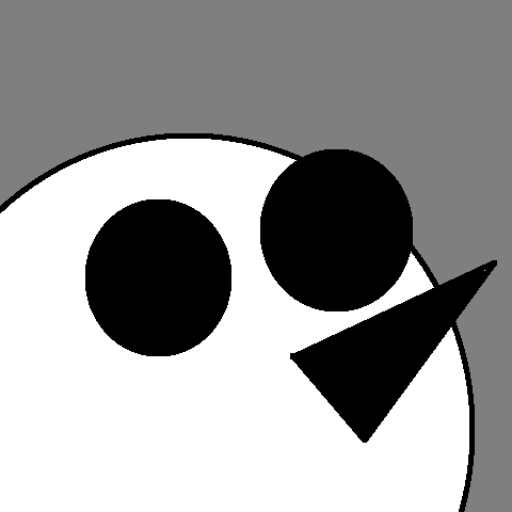
Part-Time Princesses by Monica Gallagher
My rating: 3 of 5 stars
Okay, a little Scooby-Doo-y. There’s a derelict amusement park and a shadowy figure who is being bothered by these damn meddling teens. But overall I kinda liked it.
What I liked about it is that the characters are a bit unlikable. Which is to say, they are flawed, jerkass people. Which is to say, in Tina Fey parlance, they are Mean Girls.
But in the end, they totally change! 15%. Maybe 10%. Okay, they don’t totally change. They make a slight improvement to being less jerkassy jerks.
What I like about this, it’s something I don’t see as often in books, especially books that seem targeted towards teens. I think so many of us are so afraid to hand this kind of book to teens because it’s like, “No! Bad! There’s someone drinking beer in here! And smoking! And one of our protagonists calls people nerds!? They don’t respect their peers! They’re self-absorbed! One of them sleeps with multiple partners, and though I’m totally okay with people expressing their sexuality and whatnot, and though I would never slut shame, it seems best to just avoid even implied sexuality. What kind of example are these characters setting?”
I feel like there are two possible missteps in that line of thinking, or two areas where I have a difference of opinion.
Number one, I feel like giving teens only the most positive of characters, only telling stories about role models, is something we do because we’re afraid that teens will emulate the bad behavior. I think teenagers deserve a little more credit than that. I honestly don’t believe that we can attribute, say, the consumption of a beer in this book to teen alcoholism. That’s Seduction of the Innocent horseshit. That’s saying Superman shouldn’t exist because one time a kid jumped out a window. That’s saying Beavis and Butthead shouldn’t exist because one time a kid burned down his house and killed his younger sister. That’s saying certain types of music need to be labeled and potentially banned because of the content of the lyrics. Look, Catcher in the Rye has a weird history with this stuff, John Hinckley, Mark David Chapman, possibly Lee Harvey Oswald, ALL alleged fans of the book, all assassins. So how can we possibly still teach it in schools? Because 250,000 copies of that book are sold every year. Well over 65 million total copies have been sold. Is three people who committed a violent act statistically significant and loved this book statistically significant? No. It’s a much stronger case for the book NOT being a problem, that of 65 million copies, 3 have sparked something. Even if it were true that the book caused something to happen, those numbers don’t really tell us much of anything.
Short version, I don’t really think teens are going to become assholes because they read a book about assholes, especially when, like this one, the assholery is not shown as being awesome. It is what it is.
Number two, I feel that reading about characters who you don’t particularly like is a great way to develop empathy. We ALL went to high school with some assholes. Or we say, “Everyone pretty much got along when I was in school” which probably means you were the assholes. This might be a rebellious, un-internet thing to say, but I think that assholes…also deserve empathy. I’m not really with this trend where, if someone acts like an asshole, it’s game on and we just light into them. And maybe they work for some, but I don’t feel that the stories where none of the main characters are assholes feel very real. That’s just me, but I suspect others feel very much the same way. I can’t say I entirely “get” stories where everyone is so nice and perfect because that’s not how I think things are. I suppose it could be escapism, and that’s legit, but I feel that escapism is one reason readers read, but it’s not why everyone reads.
Anyway, I think it’s a good read for people who have read some teen-centric comics and are looking for something with main characters who can be willfully problematic.
